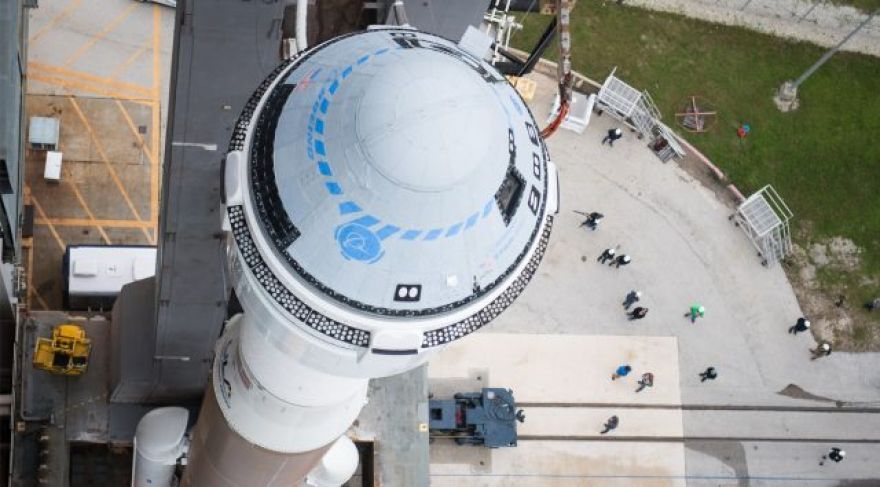
Boeing Starliner Fails Space Station Test Flight, Ends Up in Wrong Orbit
Today was supposed to be a day of celebration for Boeing — after years of development, the CST-100 Starliner spacecraft was due to make its first trip to the International Space Station (ISS). The mission started smoothly with a textbook launch, but things went wrong when the CST-100 tried to align its orbit with the ISS. According to NASA, the Starliner , making this test yet another major setback for Boeing and the Commercial Crew Program.
The uncrewed test mission started smoothly with the Atlas V rocket carrying the spacecraft high into the atmosphere. The Atlas V performed as intended, depositing the Starliner in the upper atmosphere.
NASA administrator Jim Bridenstine says that the spacecraft’s computer believed it was in an orbital insertion burn, causing it to burn too much fuel. As a result, it won’t be able to reach the correct orbit to rendezvous with the ISS. Meanwhile, Boeing reports that the CST-100 is “safe and stable.” It just happens to be in the wrong place.
NASA has been buying seats on Russian Soyuz launches ever since the retirement of the Space Shuttle in 2011. The Commercial Crew Program is supporting the development of crewed spacecraft from Boeing and SpaceX that will free NASA from reliance on Russia. The program has been plagued by delays, though. SpaceX had a high-profile earlier this year, and Boeing suffered a multi-month delay last year . These are just the latest setbacks, and NASA is running out of guaranteed Soyuz seats.
Because believed it was in an orbital insertion burn (or that the burn was complete), the dead bands were reduced and the spacecraft burned more fuel than anticipated to maintain precise control. This precluded rendezvous.
— Jim Bridenstine (@JimBridenstine)
It’s too early to say what this mission failure will mean for Boeing. The spacecraft is still in one piece and under the ground team’s control, which is a very good thing. We might still get some useful data on the operation of the vehicle before it returns to Earth. However, Boeing will need to identify the fault that caused the incorrect engine burn. The CST-100 was supposed to launch with a crew in early 2020, but that seems unlikely now.
Boeing’s rival SpaceX successfully completed its ISS test run in March 2019 with the Dragon 2. SpaceX has the advantage of modifying an existing design that has successfully flown to the ISS on cargo missions many times over the last several years. Boeing built the CST-100 from scratch for the Commercial Crew Program, and it seems it might need more time to work out the kinks. This is yet another black mark on Boeing’s record as it faces increased scrutiny in the wake of the 737 Max aircraft crashes. The company had hoped a successful Starliner mission would give it some much-needed positive press coverage. Now, it’s just another failure the company has to spin.
Now read: